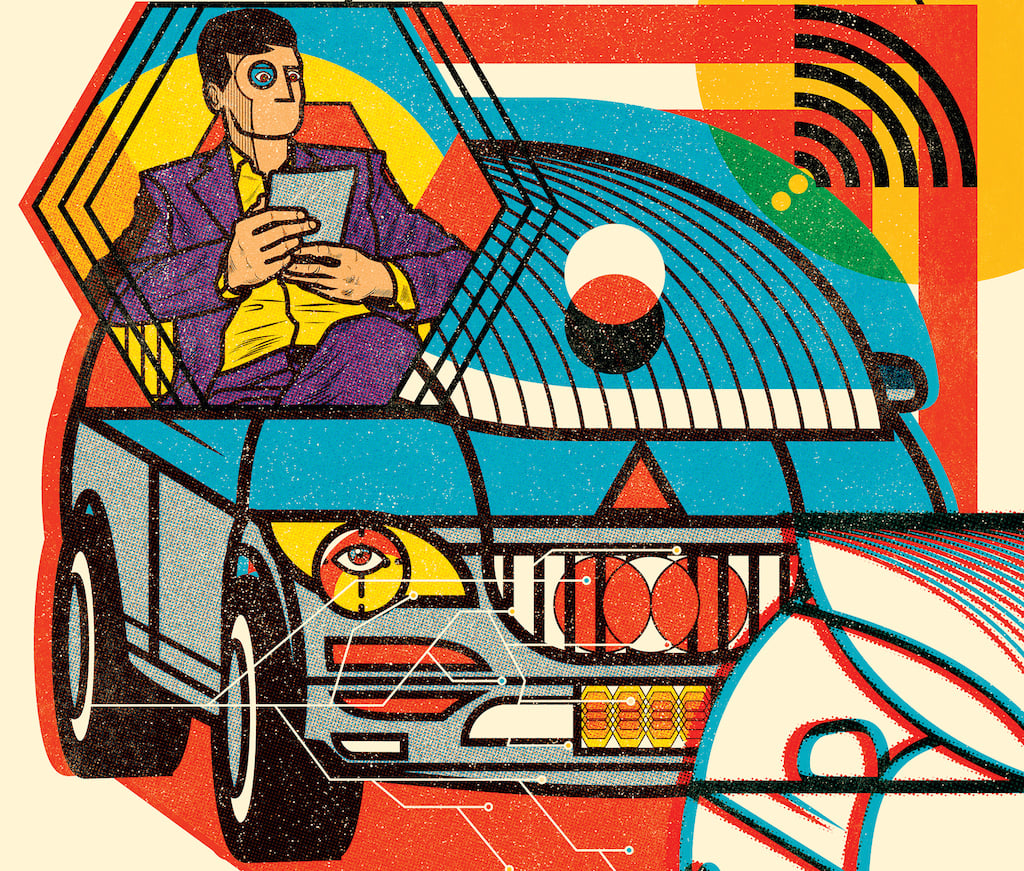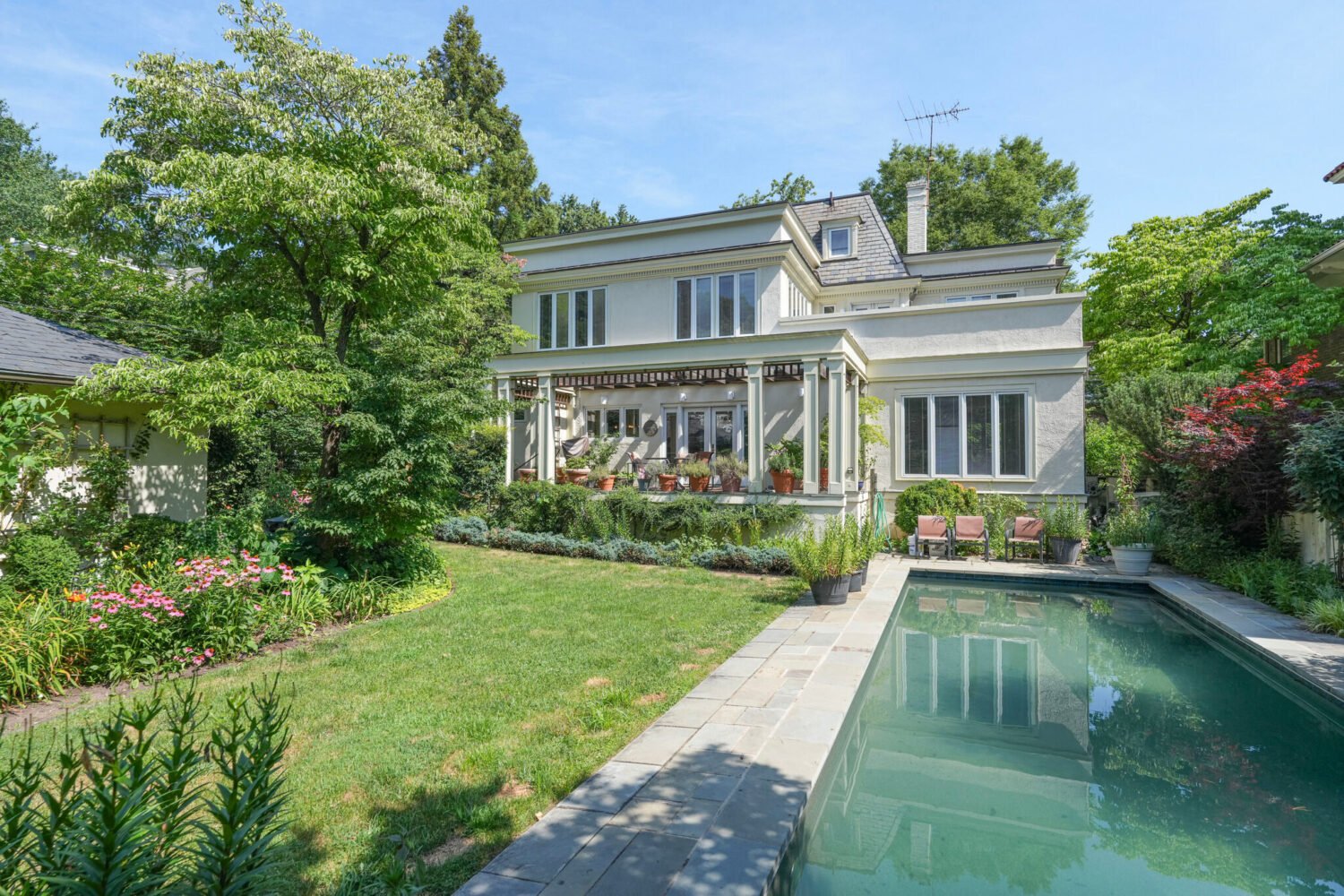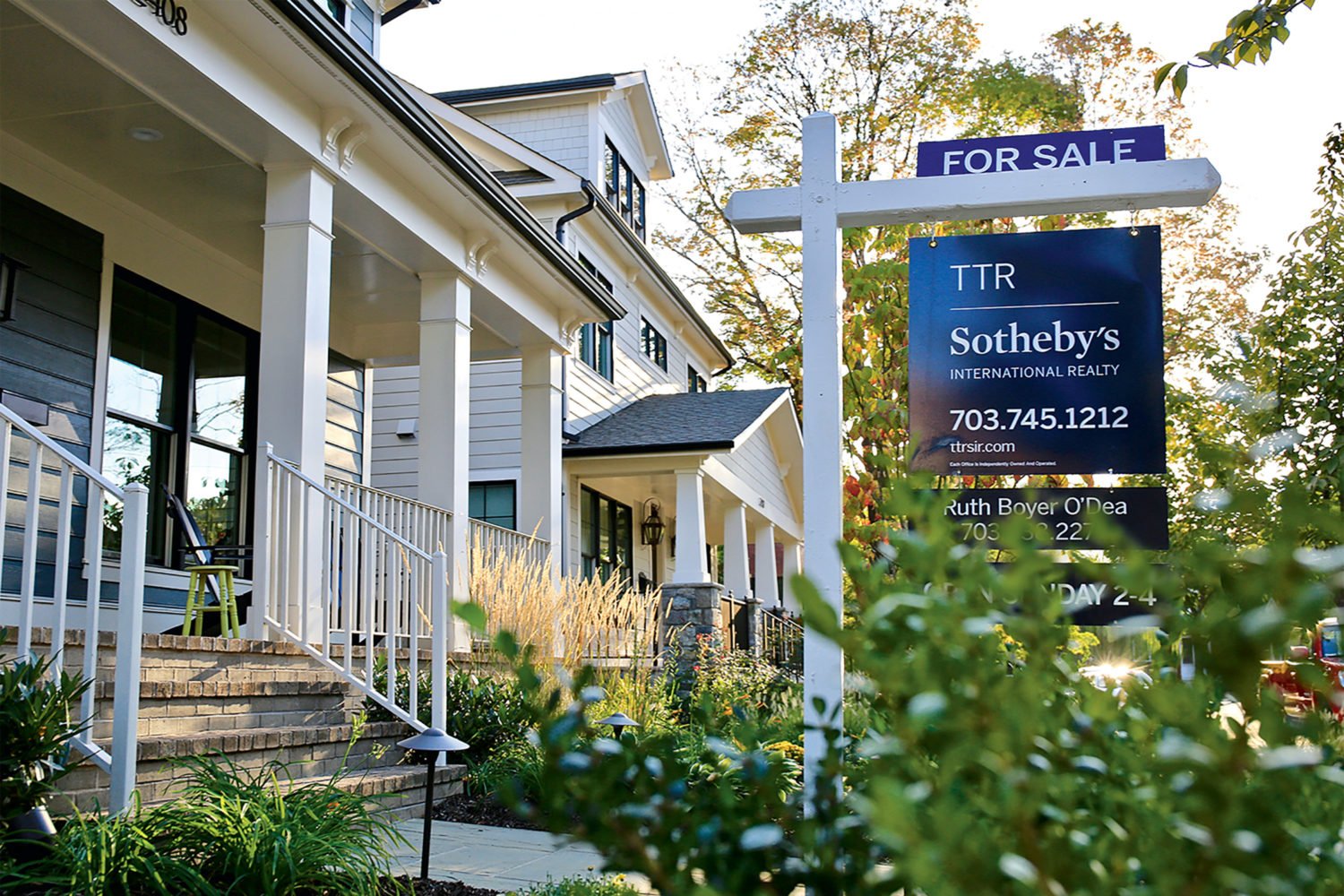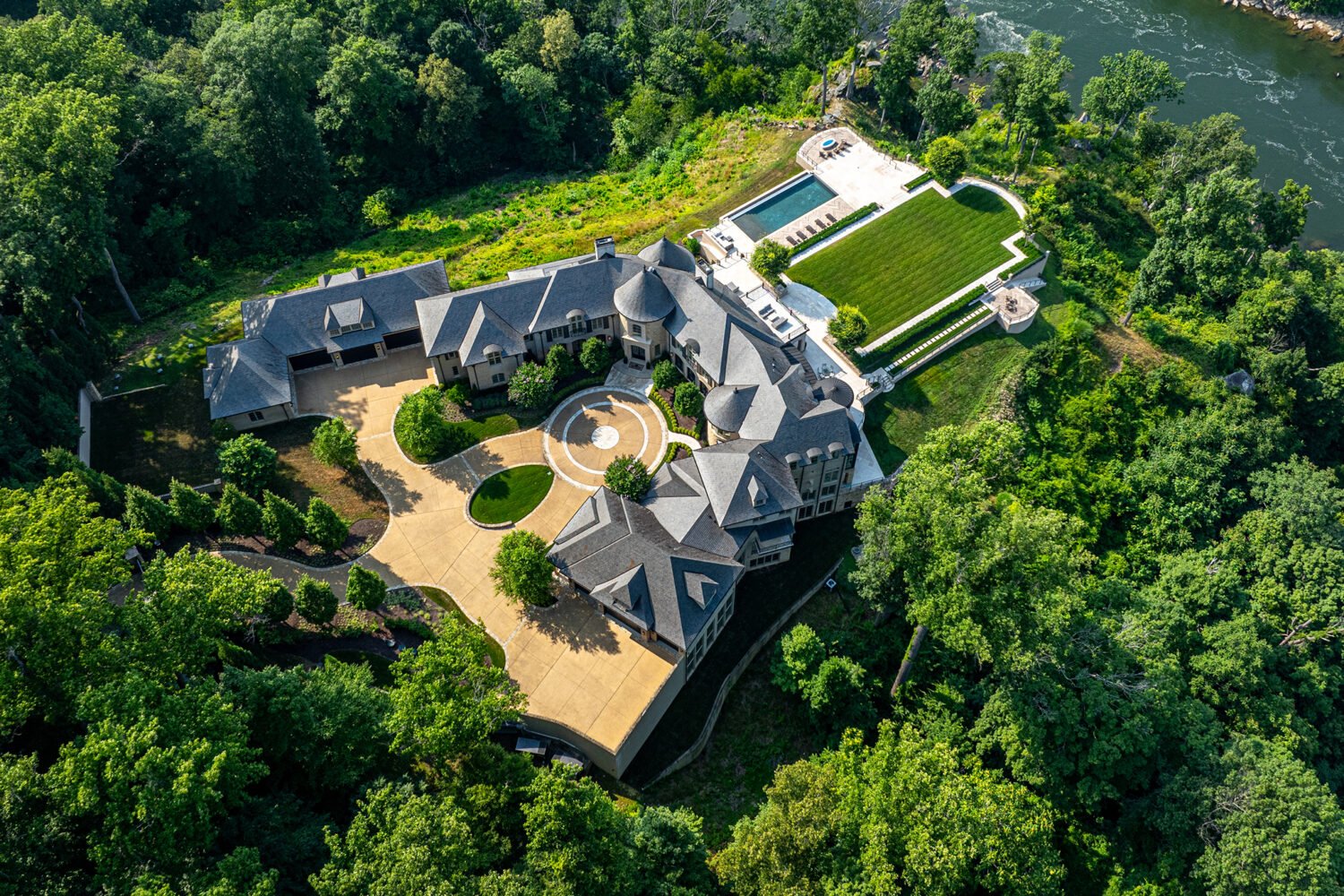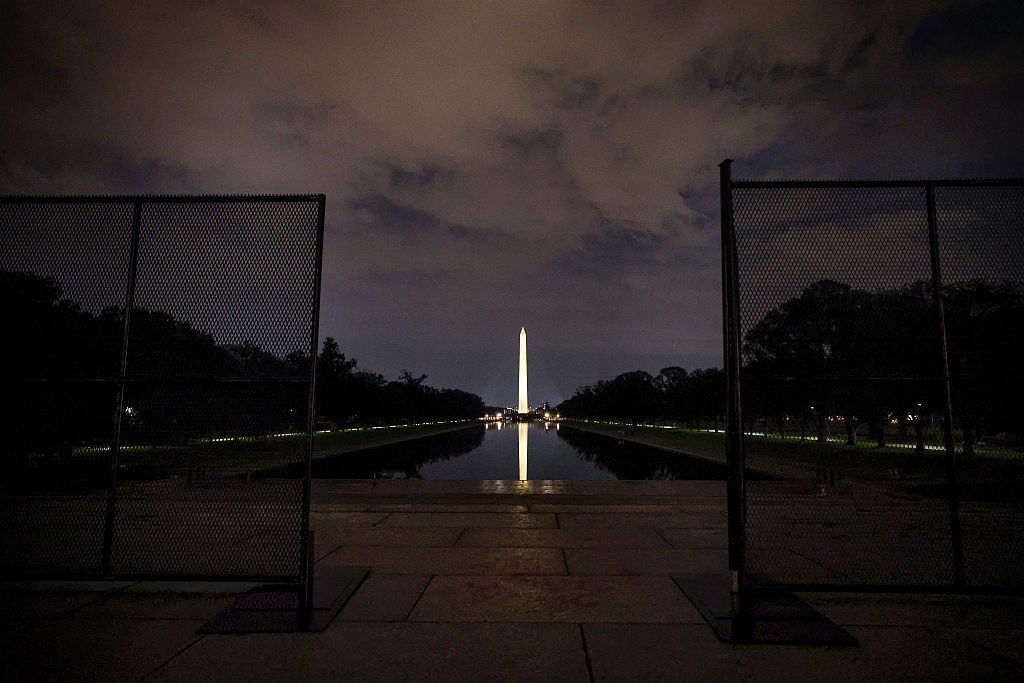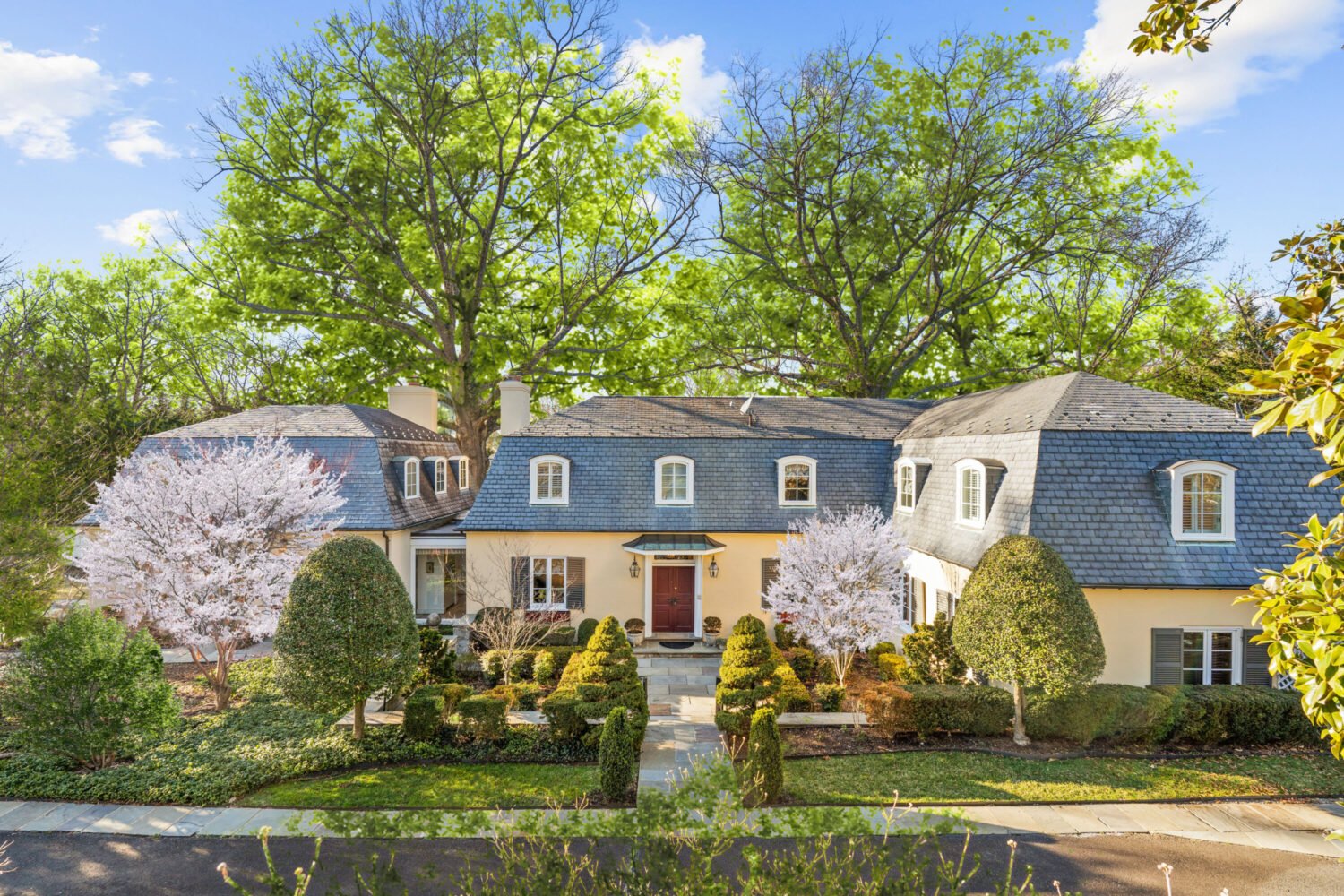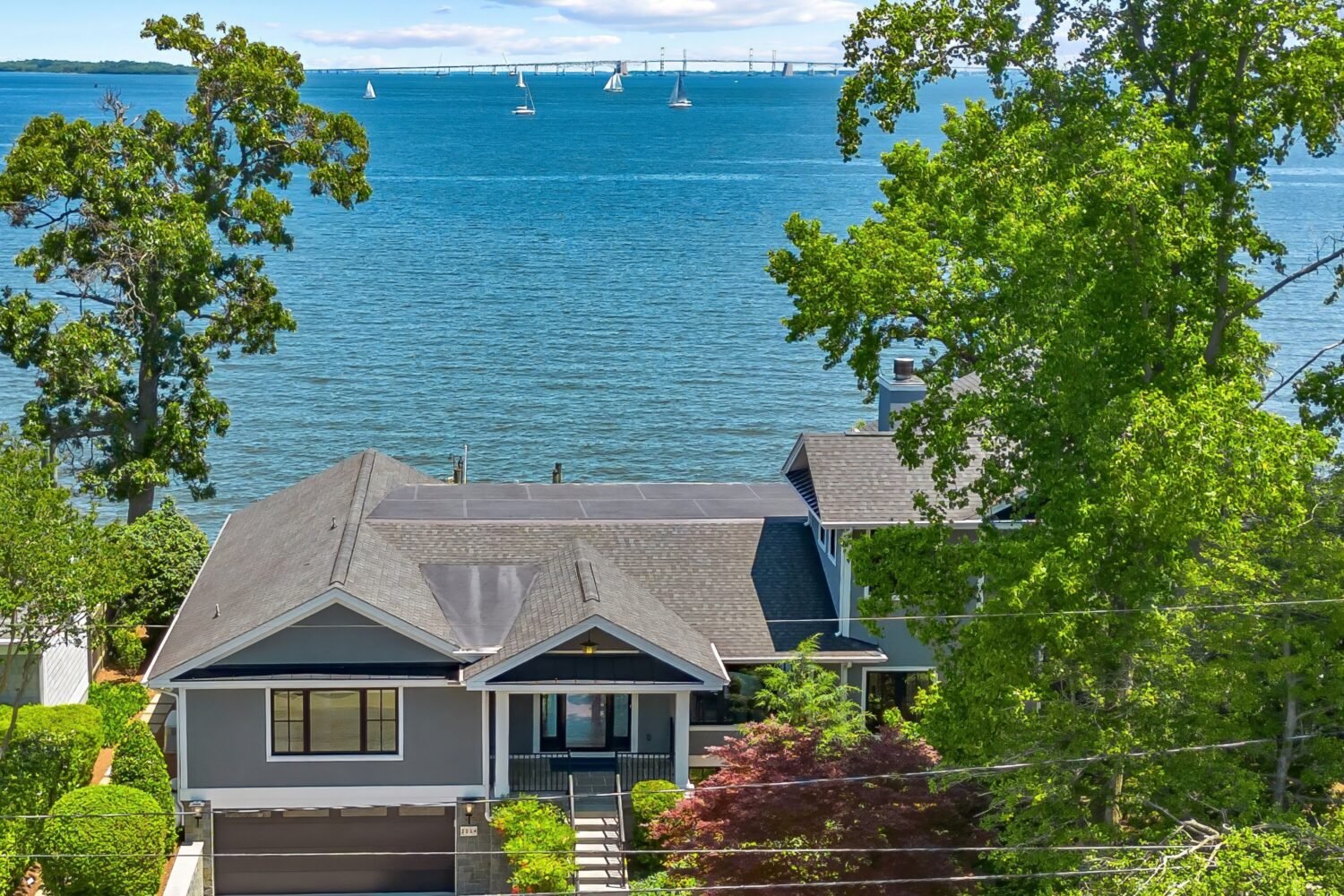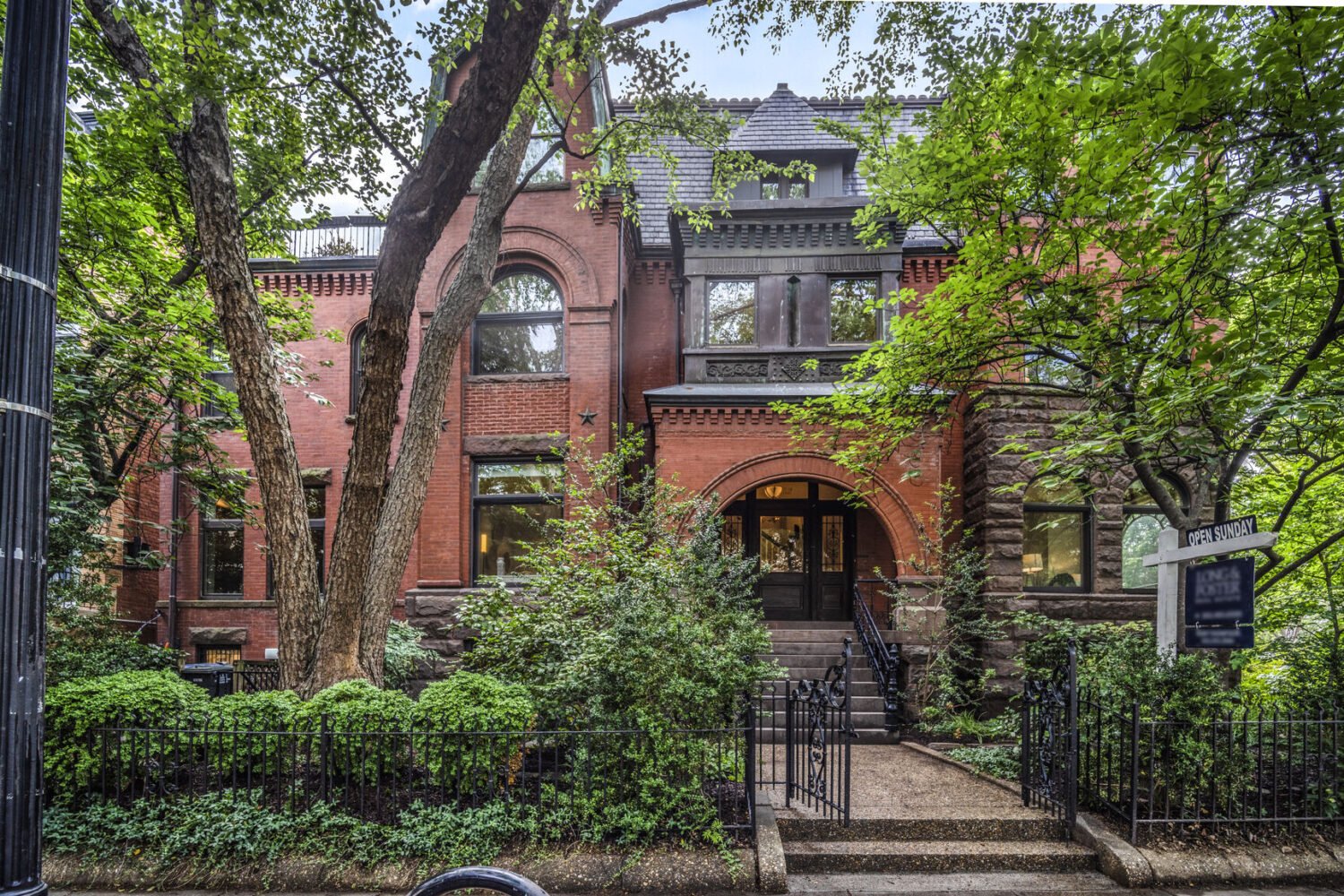A century ago, America’s metropolitan areas featured dense central cities and suburbs built along streetcar and rail lines. Then the automobile came along and radically disrupted residential patterns. But today, it’s the car—at least the one with a human behind the wheel—that’s facing disruption. And the folks who build and sell houses are trying to figure out what it means for them—and you.
What would Washington look like if self-driven cars were a primary vehicle type? To enthusiasts, it’s an almost utopian image. Picture electric shuttles humming safely through the region. The environment gets cleaner, highway-fatality numbers get lower. As for what this means about where we’ll all live, answers are all over the place—literally.
One theory: It’ll be great news for suburbs and exurbs. Americans, the idea goes, like space but have avoided farther-flung neighborhoods because they’re wary of the schlep. Robocars could change that. “I can only see an automated vehicle, especially in a private-ownership-model world, incentivizing people to live even further from downtown,” says Adie Tomer, a fellow at the Brookings Institution’s Metropolitan Policy Program. “Even if their trip takes longer, the ability to sit in your car and watch a video, spend time with your kids playing games—that’s a very real counterforce.”
Forward-thinking developers and architects are also considering whether the trend of densely packed urban areas and mixed-use downtowns will reverse. “Those office parks and residential areas in the suburbs that are disconnected from mass transit have very quickly gone to B-class status,” says Jeff Barber, design leader at the architecture firm Gensler. “But now there’s discussion about ‘[Will] the suburbs start to look interesting again?’ ”
Still, the most commonly held theory is that self-driving cars could help central cities. In this scenario, the fact that the cars are constantly picking up and dropping off means that parking hassles will no longer matter. On-street parking is replaced by bike lanes and wider sidewalks. Lots are replaced by parks, and garages replaced by housing.
“It’s a huge opportunity to take real estate that makes up [much] of downtowns and create affordable and workforce housing,” says Gabe Klein, former commissioner of the DC Department of Transportation.
Developers are already building for this future. At the Wharf in Southwest DC, part of the underground garage is designed to be repurposed. Curbs outside buildings would have to change as well to accommodate constant passenger loading and unloading. “We’re looking into designing different queuing systems and more entrances to avoid backup,” says Kari Parekh of the developer JBG.
Perhaps surprisingly, developers don’t think robocars will spell doom for Metrorail—an enormously disruptive prospect in a region where billions have been invested in building around Metro stations. A change could actually help the system regain ridership, as autonomous shuttles funnel in commuters from previously inaccessible places. Such vehicles could “increase the reach of the Metro station by helping solve that last mile or two of travel to get to mass transit,” says Howard Jennings of Arlington’s Mobility Lab.
The good news for builders is that they have some time to figure this out. Though the first fully autonomous vehicles could reach the mass market within a few years, it will likely take two or three decades for the nation’s car fleet to turn over.
In the meantime, maybe local governments can figure out ways to avoid the more dystopian version of a self-driven future, the one in which traffic and sprawl increase as people ride solo to work and their cars clog parking lots all day. “Let’s say there’s no regulation, nobody pushing the concept of shared mobility,” says Klein. “People are just buying these things willy-nilly and [the cars] are running around empty while they eat potato chips on their couch.”
If you visited National Harbor last June, you may have caught a glimpse of what’s possible. Olli—an autonomous shuttle—ferried passengers up and down St. George Boulevard. It was just as much of a tourist attraction as a real test run, but the message was clear: We have the technology. Now it’s a matter of how we use it.
This article appears in the April 2017 issue of Washingtonian.


